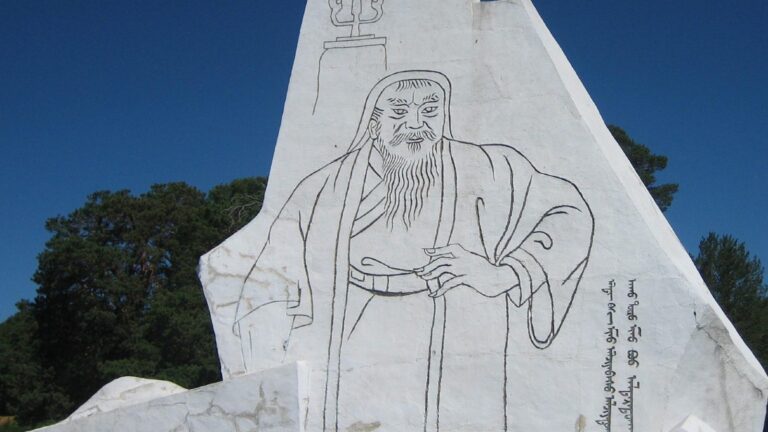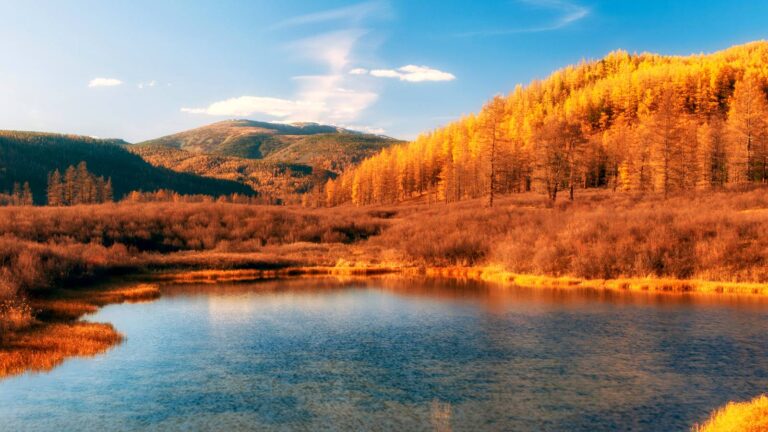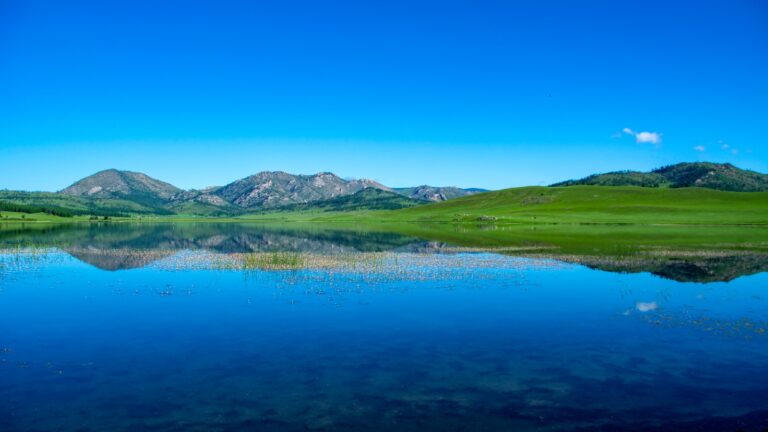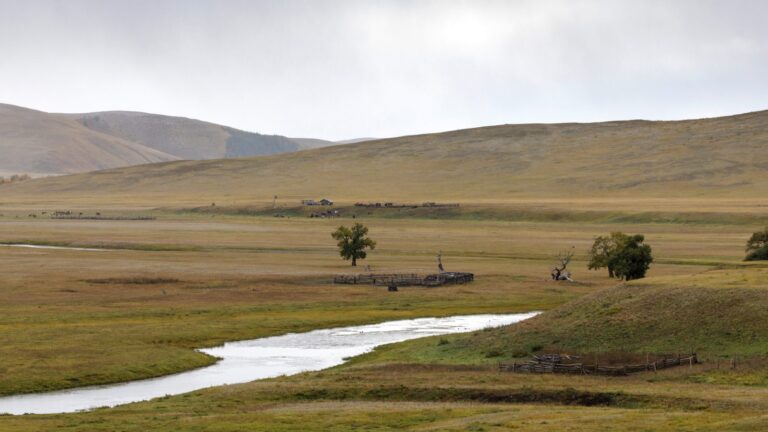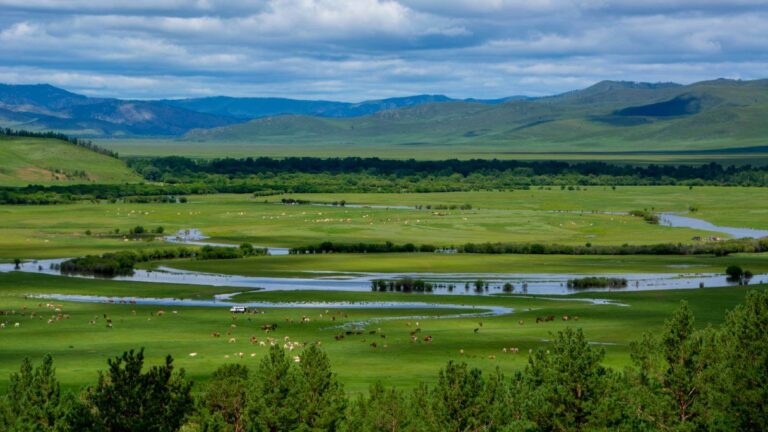Getting There
Baldan Bereeven Monastery (Mongolian: Балдан бэрээвэн хийд) is a Gelugpa (Yellow Hat) Buddhist monastery located in the Baruun Jargalant River valley Ömnödelger district, Khentii Province, Mongolia.
What to Expect
First established in 1654, the monastery grew to be one of the largest and most important in Mongolia at its height in the mid-19th century, housing up to 8000 monks. The monastery and temple complex were destroyed by Mongolia’s communist regime in 1937.
History
Baldan Bereeven Monastery was founded in 1654 by the lama Tsevendorj with an initial monastic community of around 1500 lamas. According to tradition, Tsevendorj had studied with Zanabazar, the First Bogd Gegeen of Mongolia, in Tibet.
Tsevendorj endeavored to create a site similar to Lumbini, the birthplace of the Buddha, in Mongolia to accommodate Mongolian pilgrims who could not travel far. The main temple, called Dash Tsepel Ling, was built in the mid 1700s and was completed in 1776. The Tsogchin Dugan (great hall) Temple was completed in 1813.
Baldan Bereeven remained off-limits for nearly six decades. Following the democratic revolution in 1990 a handful of older monks who were removed from Baldan Bereevan as young boys in the 1930s returned to the monastery. Restoration efforts for several of the monasteries main temples began in 1999.
Facilities Available
The monastery grounds are surrounded by scenic and sacred mountains. The monastery itself is backed by the steep cliff of Munkh Ulziit mountain where many cliff carvings, stone carvings with different images of Buddhist gods, inscriptions of religious mantras, and a large Soyombo symbol.

